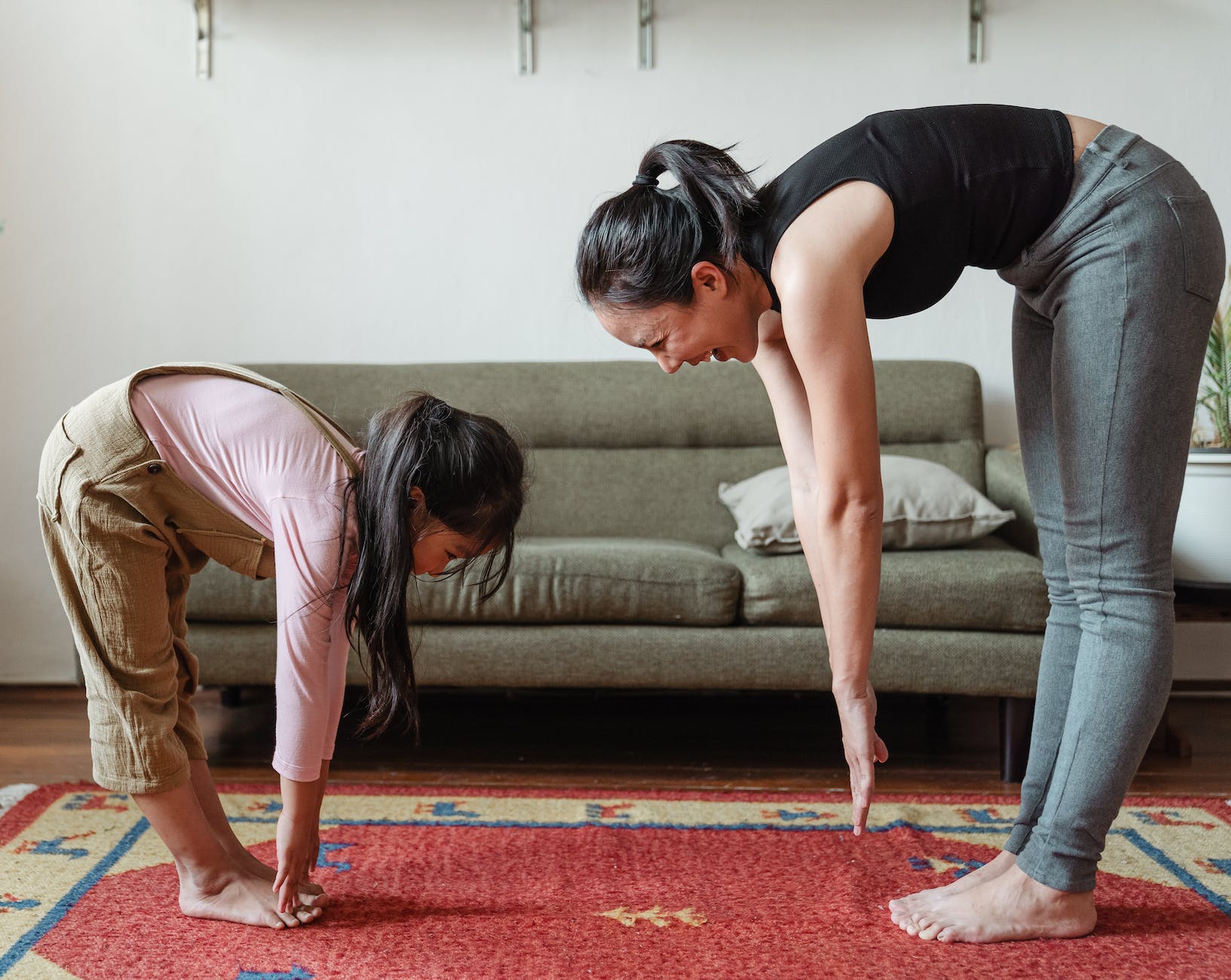How to exercise with no time effort?
Again, you’re sitting at a desk or lying on the sofa for quite a while now. Your neck has stiffened, your eyes are dry, and the workload feels overwhelming. Maybe there is also an upcoming exam or due date for a project in a few weeks. It seems just impossible to find even time for exercise, right? For exercise, you should always block some time. But don’t worry, it will be very little of an investment.
The goal is not to become bulky or a bodybuilder but to increase your overall fitness, health, and energy so you can play full out during the day.
Why is it time-efficient
With a long to-do list, there is not much time for exercise, but this method uses precisely those breaks between your tasks. Did you check one box? Then, get up and move, move in any way; it’s better than doing nothing. However, we don’t want to waste our time mindlessly to achieve the minimum effective dose. Minimum effective dose describes the sweet spot between a low-time investment and a high outcome. In essence, the Pareto technique applied on exercise; in the following there are some strategies.
Implementation
There are daily, weekly, and monthly routines, but let’s focus on the first two.
As a daily practice, I do a 35-minute fasted walk at a mediocre pace. You should stay in an aerobic state and be able to converse easily. This way of exercise catalyzes the effect we achieve from intermittent fasting and boosts our step count.
These things are achievable because the speed is maintained moderate, and based on the time of year or your schedule, you might mix it with other duties.
For the weekly exercises, there are a few more alternatives. A popular concept you might have heard before is Tabata. Developed by a Japanese speed skating coach, it is a high-intensity interval training (HIIT) lower in intensity and duration than a typical HIIT. It consists of 8 sets with 20 sec of exercise and 10 sec of rest each, totaling only 4 minutes.
The exercises of a Tabata are variable and can be chosen for personal needs. However, if you’re in doubt or feel pain, please talk to a fitness coach or health professional.
Another weekly routine for when you’re on the go is the “full body isometric workout.” Isometry is defined as holding a position under high tension. Focusing entirely on the active muscles is essential for creating a solid mind-muscle connection. This deliberate contraction is a psychological aspect of training that has proven to multiply its outcome. Another benefit of isometric workouts is that the exercises can be done individually. When you are at the airport and can’t lie on the floor for a plank position, you could work on your biceps or legs instead.
Super slow exercise
As a particular routine, I’d like to mention the super slow exercise. I use this method primarily for traditional strength training. However, it can be used for plenty of movements. For example, super slow push-ups are perfectly applicable before meals or between study sessions.
What it does
Unfortunately, I see many people at the gym with a low execution. Either because of their lack of knowledge or a wrong mindset – more, faster, heavier!
In fact, with slow execution, you have more control over the movement, and it preserves joint injuries. Further, studies suggest that it results in “a 50% greater increase in strength for both men and women” compared to training at regular speed.
How it works
When performing an exercise repetition, there are typically two main phases: the concentric and eccentric phases.
The concentric phase is when the muscle fibers are actively shortening as they contract to move the weight. It is the phase where you work against gravity and lift the weight.
On the other hand, the eccentric phase is when the muscle fibers are lengthening as they contract to control the weight and bring it back down to the starting position. It is the phase where you are working with gravity and lowering the weight.
Both phases are crucial for building strength and muscle mass. The concentric phase is typically associated with the “lifting” portion of the exercise, while the eccentric phase is associated with the “lowering” portion. However, the eccentric phase is known to have a more significant impact on muscle strength than its complementary phase, “for two main reasons. First, as your muscles get bigger, their fibers are split into a greater number of sarcomeres (smallest functional units), which increases the overall strength of the muscle. Second, the tendons get stiffer […], more efficiently transmitting the force from the muscles to the bones.”
Recovery
Equally important as the exercise itself is the recovery and regeneration.
Take rest days to allow your body to recover and rebuild after exercise. That can include stretching, foam rolling, or even taking a day off from practice.
Especially foam rolling has become a big part of my evening routine. You will increase the blood flow for a faster recovery and reduce the chances of suffering muscle soreness.
Conclusion
The daily and weekly, as well as the recovery routines, are all time-saving activities. As they follow the concept of the minimum effective dose, they will increase your productivity over time. With this set of exercises, you will enhance your overall fitness and gain a more positive self-perception. Once you prioritize it, piles of work can no longer control your physical well-being.


